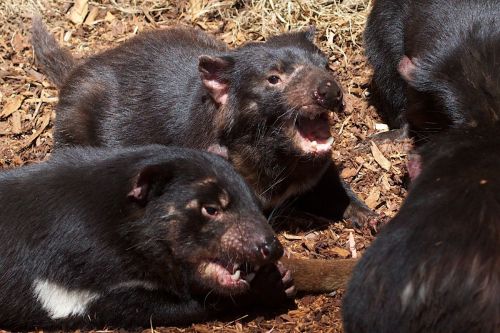They are geographically very widespread organisms. They are found in Europe, Asia, North America, and northern parts of Africa. They inhabit all types of soils and in 1 cubic meter, there are about 800 of them. Most often they choose acidic or moderate soils, and few of them tolerate alkaline soils. They play a very important role in the functioning of the ecosystem by digesting the remains of plants and animals. Thanks to them, organic matter is decomposed and evenly distributed in the soil. The work done by earthworms makes it easier for many plants to absorb minerals.
Spring frosts can decimate earthworm populations in a very short time.
This form of stabilization relies on the production of adequate hydrostatic pressure, which, by pushing against the cell walls, allows muscles to be supported.
The first section is the goiter, which is responsible for storing food. The second section is the fleshy stomach, where the food is broken down mechanically.
Earthworms can spend quite a long time underwater, provided it is adequately oxygenated.
They exchange gametes during copulation, which is called saddling. The process takes its name from the phenomenon in which two individuals stick together using mucus that is produced in specially transformed rings called saddles.
The cause of numbness in these animals can also be excessive dryness of the soil or excessive heat.










